The Physical Sciences Area seeks to understand the fundamental physics of the universe at scales ranging from the infinitely small, inside the world of subatomic particles and nuclei, to the infinitely large, in the structure and evolution of the universe. To tackle these two infinities, we develop cutting-edge tools and technologies, coupled with creative scientific insights, that advance scientific knowledge and ultimately benefit society.
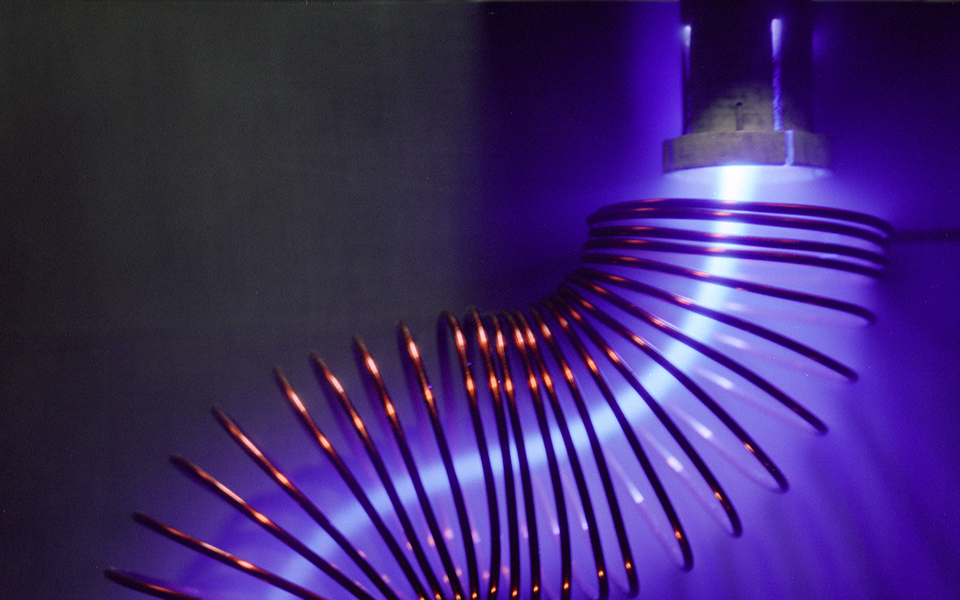
The Accelerator Technology & Applied Physics (ATAP) Division invents, develops, and deploys particle accelerators and accelerator-based photon sources to explore and control matter and energy.
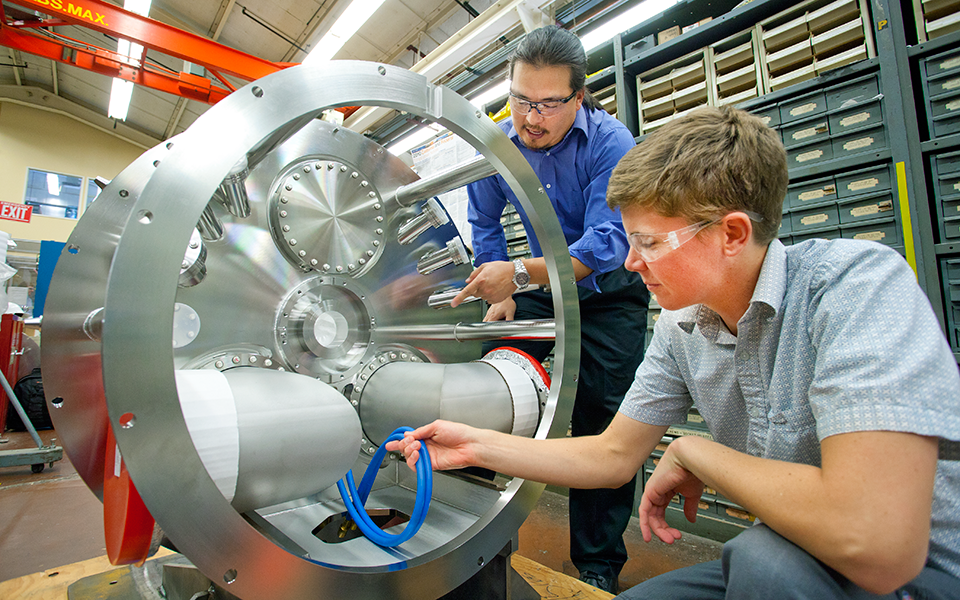
The Engineering Division builds advanced scientific instrumentation that enables many of the research breakthroughs achieved by Berkeley Lab. These discoveries are the direct result of the integrated coordination and deployment of professional engineering and specialized technical resources.
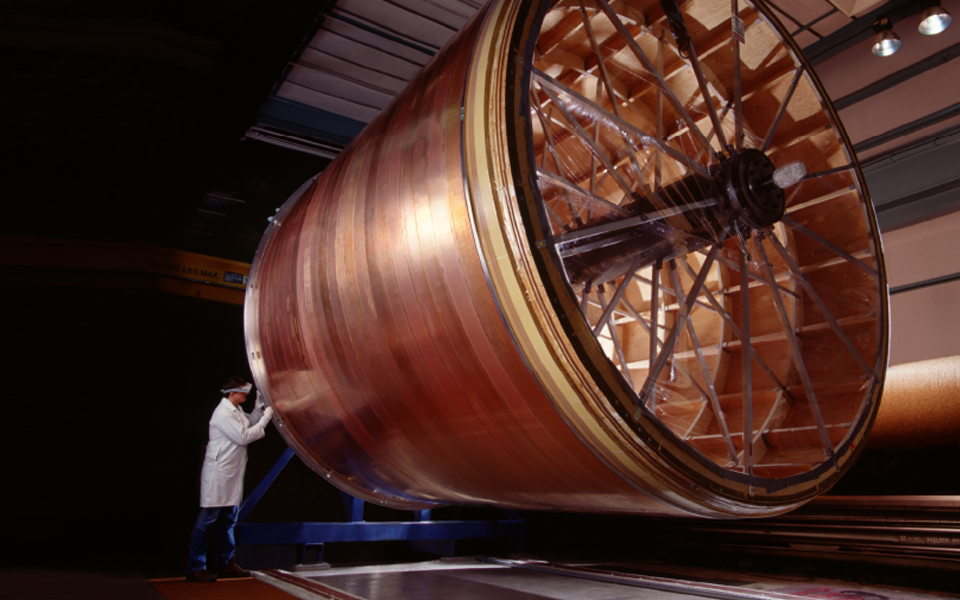
The Nuclear Science Division conducts basic research aimed at understanding the structure and interactions of nuclei and the forces of nature as manifested in nuclear matter.
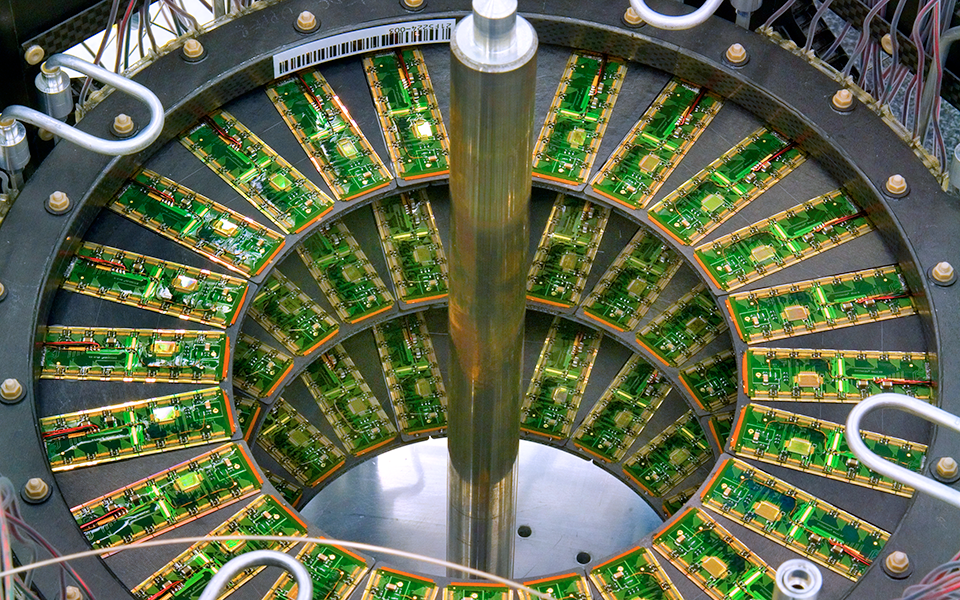
Interactions between matter and energy shape our world and the universe around us. Physics Division researchers are studying these interactions from the innermost confines of subatomic particles to the outermost reaches of the cosmos.



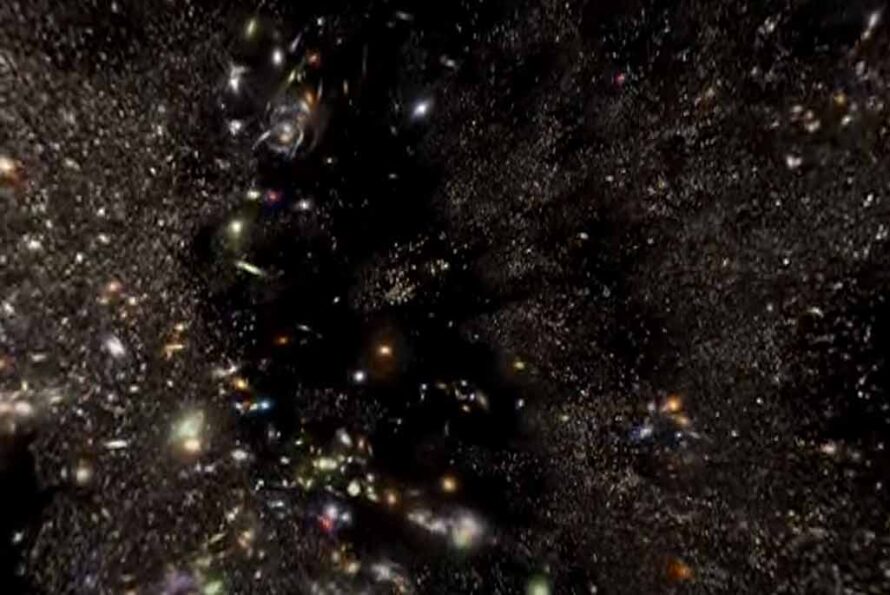
Researchers have used the Dark Energy Spectroscopic Instrument to make the largest 3D map of our universe and world-leading measurements of dark energy, the mysterious cause of its accelerating expansion

Several PSA staff members were honored with 2023 Berkeley Lab Director’s Awards during a ceremony on November 8.
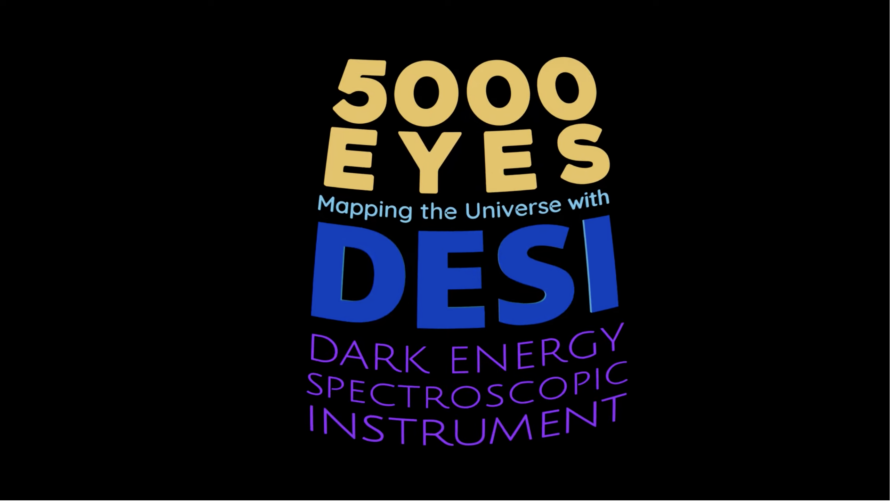
This new documentary film about the Dark Energy Spectroscopic Instrument (DESI) – which was recently released to planetariums worldwide and had its Bay Area premiere on March 8 – is now available in a ‘flat screen’ format for free viewing on YouTube.
